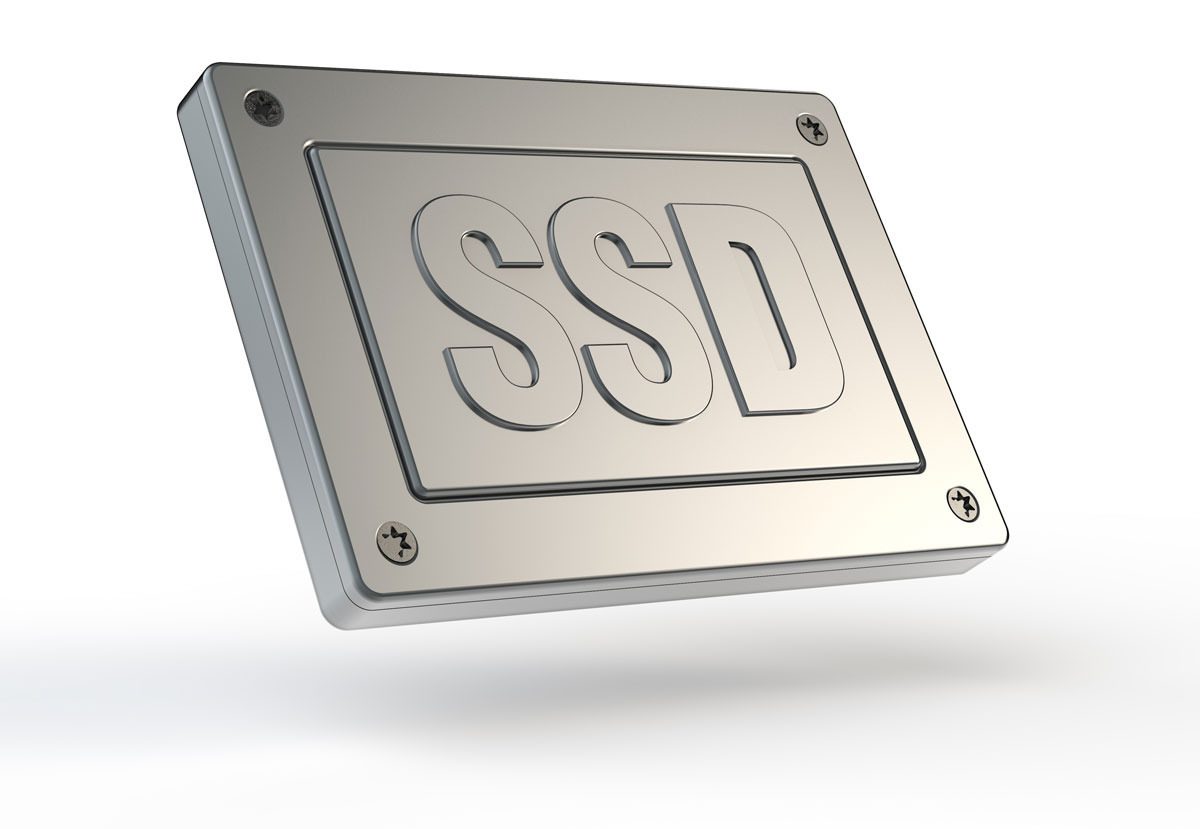Table of Contents
Optimizing your SSD in Windows 10
Microsoft put a lot of effort into optimizing the OS under the assumption most of us are using SSDs; there is still room for improvement. Puget also configures your systems BIOS and OS based on your hardware so the guide is useful if you would like further optimization, are reinstalling Windows from scratch or are a tinkerer like us. Below you will find some tips and tricks for increasing performance and reliability of your SSD based Puget computer.
Disable Disk Indexing
Indexing was designed to speed Windows search by cataloging files and folders on a storage device. SSDs will not benefit from this function so if the OS is on an SSD it can be disabled.
Step 1:
Open file explorer and select “This PC” then right click “Local Disk (C:)” and select “Properties” from the drop down menu.
Step 2:
Under the “General” tab uncheck “Allow files on this drive to have contents indexed in addition to file properties”.
Step 3:
Restart the computer.
Disable Superfetch
Superfetch wastes time repeatedly accessing or reading files. It caches data for immediate availability in applications but SSDs are already immediately available as they don’t have to search for data.
Step 5:
Select “Startup Type” drop-down and select “Disabled” and hit “OK”.
Step 6:
Restart the computer.
Configure a custom Page File size
The paging file size is initially dependent on the amount of RAM you have in your Puget computer but is frequently oversized and unnecessarily wastes space on your SSD. Adjusting to a more reasonable size can free up space while balancing performance and reliability.
Step 1:
Open file explorer then right click “This PC” and select “Properties” from the drop down menu.
Step 4:
In the new windows navigate to the “Advanced” tab and click the “Change” listed within “Virtual memory” section.
Step 5:
A new window will appear listing paging file size for each drive and is likely set to “Automatically manage paging file size for all drives” at the top, uncheck this box.
Step 7:
Set the “Initial size (MB):” to “1000MB”.
Step 8:
Set the “Maximum size (MB):” to “3000MB”.
Step 9:
Restart the computer.
Disable Hibernate
Disabling hibernate is a useful step due to the limited write cycles that SSDs are capable of. As hibernation is actually a power saving technique designed around mechanical HDDs, it is unnecessary on SSDs since they require far less power and are significantly more efficient.
Step 1:
Open an elevated command prompt by clicking the “Start Menu” then typing “CMD”, right click the first result and select “Run as administrator”.
Step 3:
Restart the computer.
Need help with your Puget Systems PC?
If something is wrong with your Puget Systems PC, we are readily accessible, and our support team comes from a wide range of technological backgrounds to better assist you!
Looking for more support guides?
If you are looking for a solution to a problem you are having with your PC, we also have a number of other support guides that may be able to assist you with other issues.
